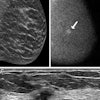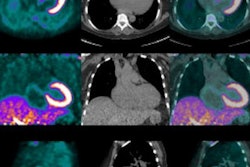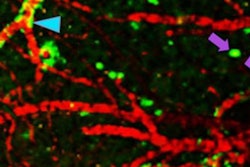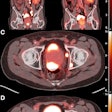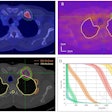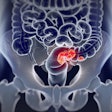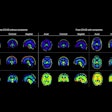Monday, November 28 | 3:20 p.m.-3:30 p.m. | SSE16-03 | Room S505AB
Reductions in reimbursement and the subsequent closure of many private cardiology offices has led to a substantial contraction in the utilization of standard SPECT myocardial perfusion imaging (MPI) procedures, researchers from Philadelphia have found.SPECT MPI's loss, however, is PET MPI's gain. Study presenter Dr. David C. Levin from Thomas Jefferson University and colleagues found that use of PET MPI has grown considerably, even though it accounted for fewer than 5% of all MPI exams two years ago.
The researchers describe PET MPI scans as somewhat controversial, despite "certain technical advantages over the standard SPECT MPI techniques." The reason for the controversy is the higher cost of PET MPI.
Still, based on nationwide Medicare Part B fee-for-service databases from 2002 through 2014, the researchers found that Medicare PET MPI volume mushroomed from 9,563 scans in 2005 to 100,619 procedures in 2014. Even with growth of 952% over that time period, PET MPI only accounted for 4.6% of all MPI exams. Cardiologists performed a great majority of those scans (86%) in 2014, while radiologists (8%) and other practitioners (6%) accounted for the remainder.
By comparison, SPECT MPI volume increased from 2.4 million scans in 2002 to 3.1 million in 2006, an increase of 28%. Since then, SPECT MPI has decreased every year to 2.1 million scans in 2014, off 33% from its peak year. Two years ago, cardiologists handled 77% of SPECT MPI studies, followed by radiologists at 18% and other clinicians at 5%.
Levin and colleagues wrote that the "rapid growth of PET MPI should continue to be monitored, as it is an expensive exam and is done mostly by cardiologists who could be in a position to self-refer."




